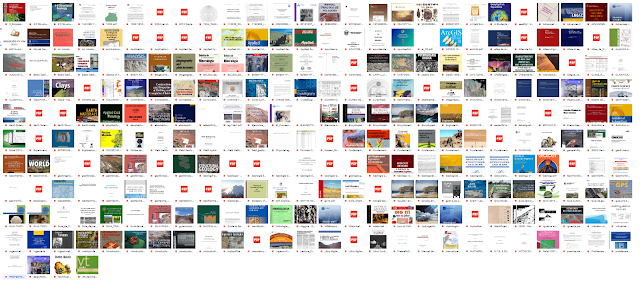Mineral Resource Reviews
Potassic Igneous Rocks and Associated Gold-Copper Mineralization
For example, the world-class epithermal gold deposits at Axa, Xinjiang Province, China (Yang et al. 2009; Chen et al. 2012; Zhao et al. 2014a), Ladolam and Porgera, Papua New Guinea (Moyle et al. 1990; Richards 1990a, b; Carman 1994; White et al. 1995; Müller et al. 2002a, b), Baguio, Philippines (Cooke et al. 1996), Cripple Creek, Colorado (Thompson 1992; Kelley and Ludington 2002), and Emperor, Fiji (Anderson and Eaton 1990; Setterfield 1991) are all hosted in high-K calc-alkaline or alkaline rocks. Similarly, there are equivalent host plutons associated with the porphyry copper-gold deposits at Bingham, Utah (Keith et al. 1997; Maughan et al. 2002), Bajo de la Alumbrera, Argentina (Guilbert 1995; Müller and Forrestal 1998; Ulrich and Heinrich 2002), Cadia and Northparkes, NSW, Australia (Heithersay et al. 1990; Müller et al. 1994; Holliday et al. 2002), Grasberg, Indonesia (Hickson 1991; McMahon 1994; Pollard et al. 2005), Ok Tedi, Papua New Guinea (Rush and Seegers 1990), Oyu Tolgoi, Mongolia (Kashgerel et al. 2006, 2008; Wainwright et al. 2011), Peschanka, Siberia (Chitalin et al. 2012; Soloviev 2014a), Skouries, Greece (Tobey et al. 1998; Kroll et al. 2002), and Yao’an, China (Bi et al. 2004; Hu et al. 2004; Lu et al. 2013a, b). Although emphasized in previous editions of this book, this association had not been stressed in prior reviews on porphyry and epithermal styles of mineralization. However, Sillitoe (1997), in a review of world-class gold-rich porphyry and epithermal deposits in the circum-Pacific region, emphasizes the association of many of these giant deposits with potassic igneous rocks: their location and approximate gold content is shown in Fig. 1.1. Sillitoe (1997, 2002) points out that, even excluding those deposits associated with potassic igneous rocks of other magmatic associations (e.g. high-K calc-alkaline suites), about 20 % of the large gold deposits are associated with shoshonitic and alkaline rocks, with such rocks unlikely to exceed 3 % by volume of circum-Pacific igneous rocks. Sillitoe (1997, 2002) lists the association between gold deposits and potassic igneous rocks as one of only four criteria favourable for both world-class porphyry and epithermal gold-rich deposits in the circum-Pacific region, and attributes this association to the partial melting of stalled lithospheric slabs in the mantle, immediately following collision or arc migration, as a preferred mechanism to promote oxidation of mantle sulphides and the release of gold.































0 comentarios:
Publicar un comentario